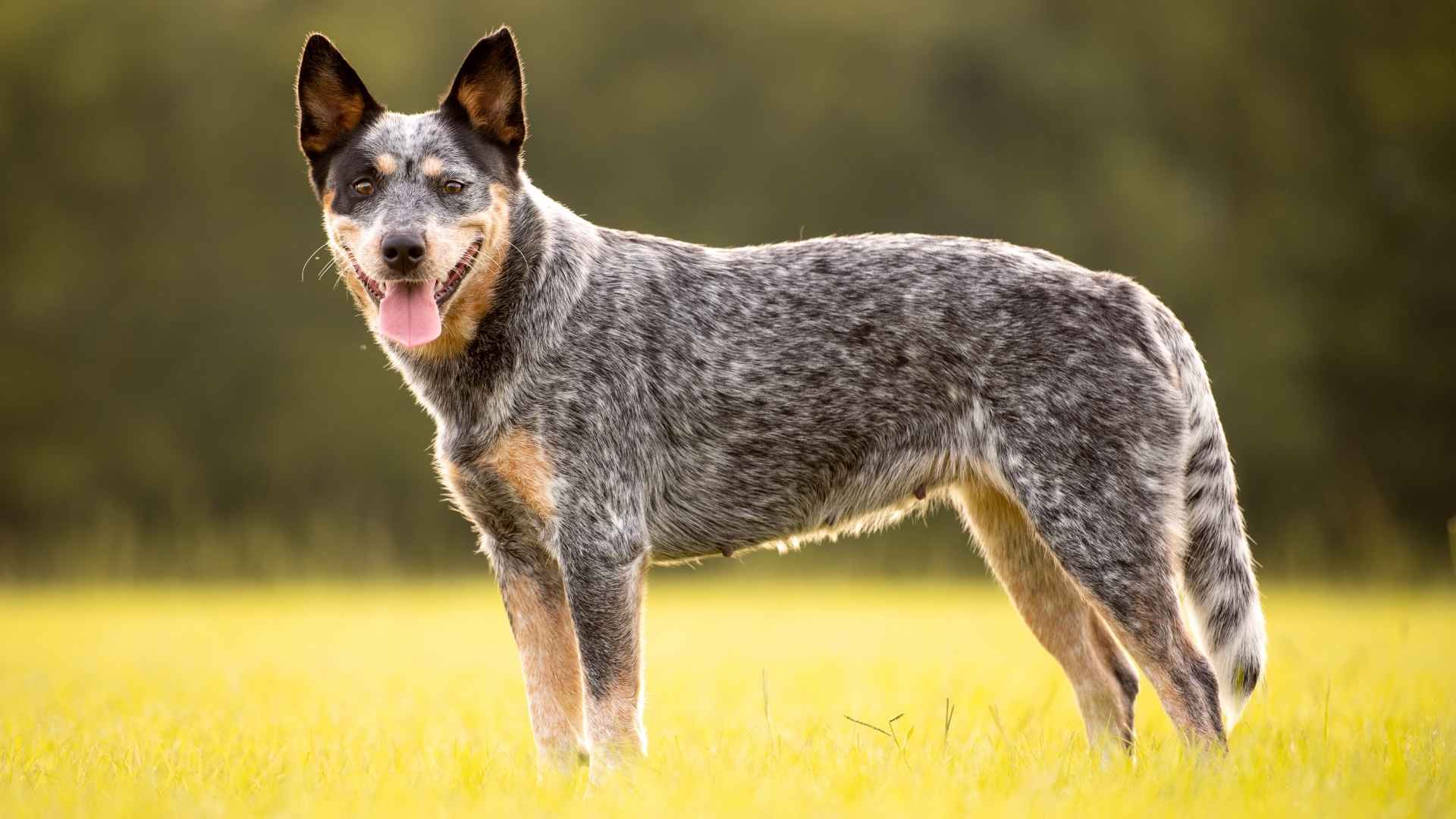Did you know that most home burglaries happen between 10 a.m. and 3 p.m., when people are at work? That means your house isn’t safest when it’s dark—it’s at risk when it’s quiet and empty. While alarms help, many homeowners are turning to something smarter: dogs.
A good guard dog doesn’t just alert you. It deters. The sound of a bark, the sight of an alert stance, and the confidence of a protective breed can stop problems before they start. But not everyone wants a massive, high-maintenance dog patrolling their home.
That’s where medium guard dog breeds come in. They offer strong instincts, protective loyalty, and manageable size—all in one dependable package. These dogs can blend into family life without losing their edge when it matters.
This article covers medium-sized dogs that provide real security without overwhelming your home or your lifestyle.
Medium Guard Dog Breeds
1. American Staffordshire Terrier
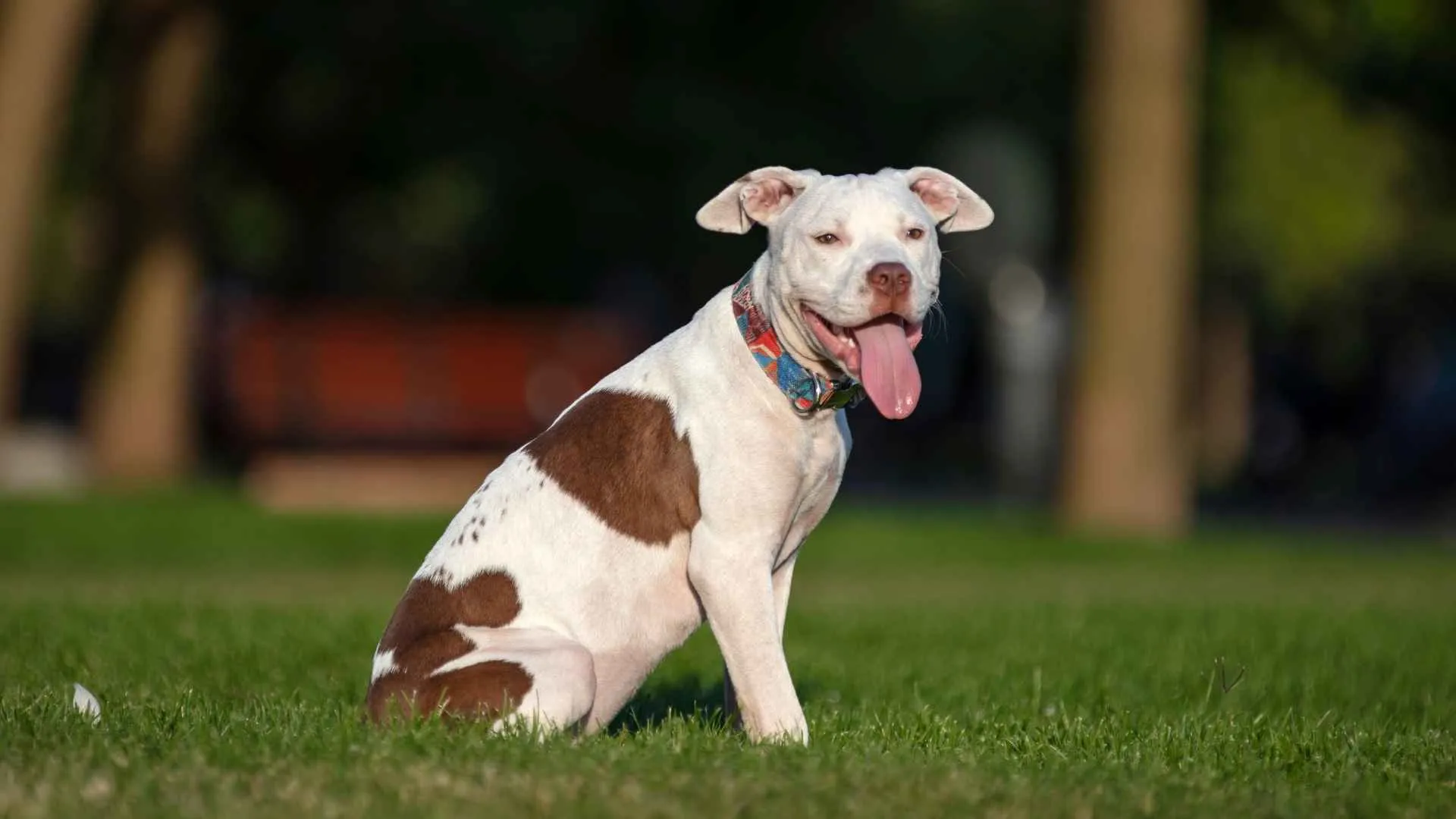
This breed has a compact and muscular build, often weighing between 55 to 70 pounds. Its broad chest and defined jawline contribute to a sturdy, intimidating appearance. Despite its size, its body is balanced, which allows it to move with quick, controlled power.
Watchful Nature and High Sensory Alertness
They are naturally alert and tend to focus closely on their environment, responding quickly to unfamiliar sounds. Their sharp observation skills make them dependable for territorial watch. Barking is purposeful, triggered by genuine disruptions rather than every noise.
Needs Consistent, Structured Handling
They do well with early socialization combined with basic obedience training and leash discipline, as mentioned in Zealandia Pets. Without clear rules, they may develop strong-willed behaviors that are difficult to manage. Proper training helps in sharpening their awareness while keeping them emotionally steady.
Highly Regarded in Protection Roles
They’re regularly listed among the best guard dogs in medium-sized categories by breed specialists. Their guarding strength lies in silent confidence rather than excessive aggression or volume. When well-guided, they’re able to distinguish between daily activity and true threats.
2. Australian Cattle Dog
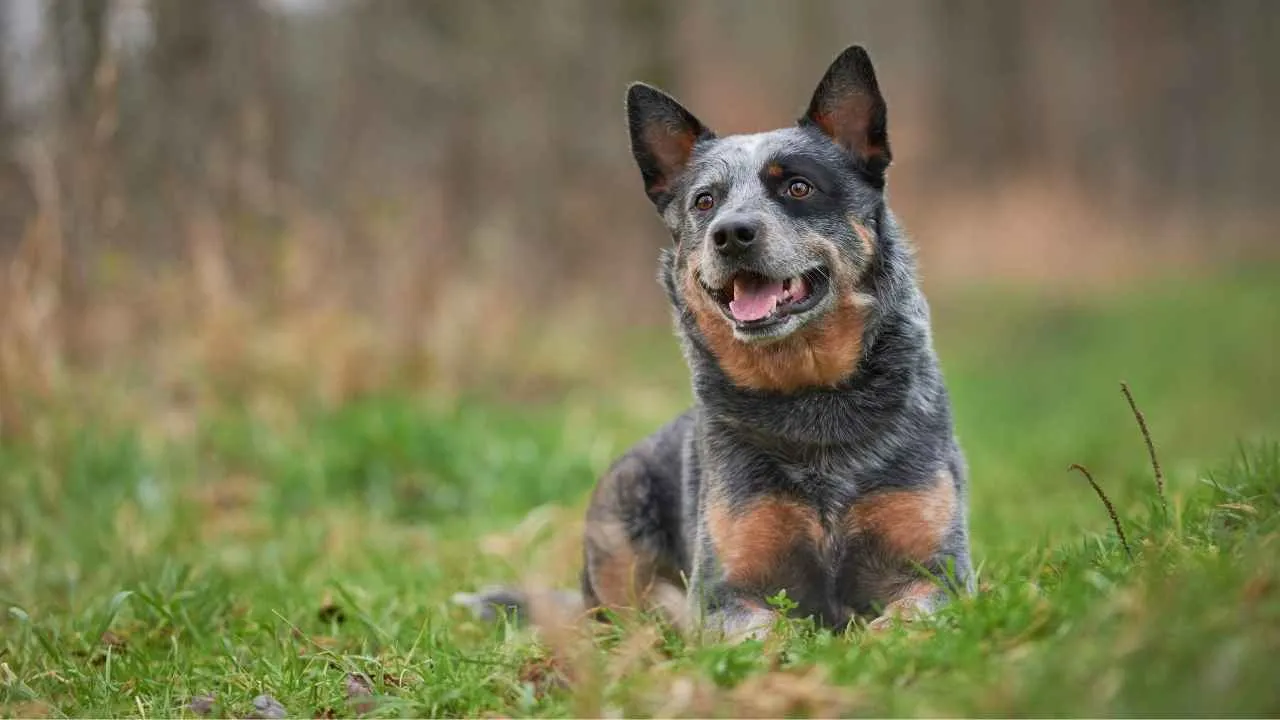
This breed has a dense, athletic build with a level topline and a slightly curved tail. It generally weighs between 35–50 pounds, carrying muscle across a medium-sized frame. The body structure supports long periods of physical work and fast directional movement.
Strong Focus and Tracking Response
They are known for sustained attention, often maintaining eye contact while anticipating commands. Their sharp auditory senses help them track changes in the environment with minimal distraction. Movement triggers their herding instincts, especially with unfamiliar activity.
Naturally Reserved but Vigilant
They have a cautious temperament, especially around new people, which adds to their protective nature. They observe quietly but won’t hesitate to act when sensing changes in tone or space. Their body tenses subtly before reacting, without excessive barking.
Responds Best to Purposeful Handling
Because they were originally bred for tough terrain and herd control, they respond to structure and active roles. They may grow restless in homes where expectations are vague or inconsistent. When handled well, they show clearer boundaries compared to other breeds in the herding group.
3. Appenzeller Sennenhund
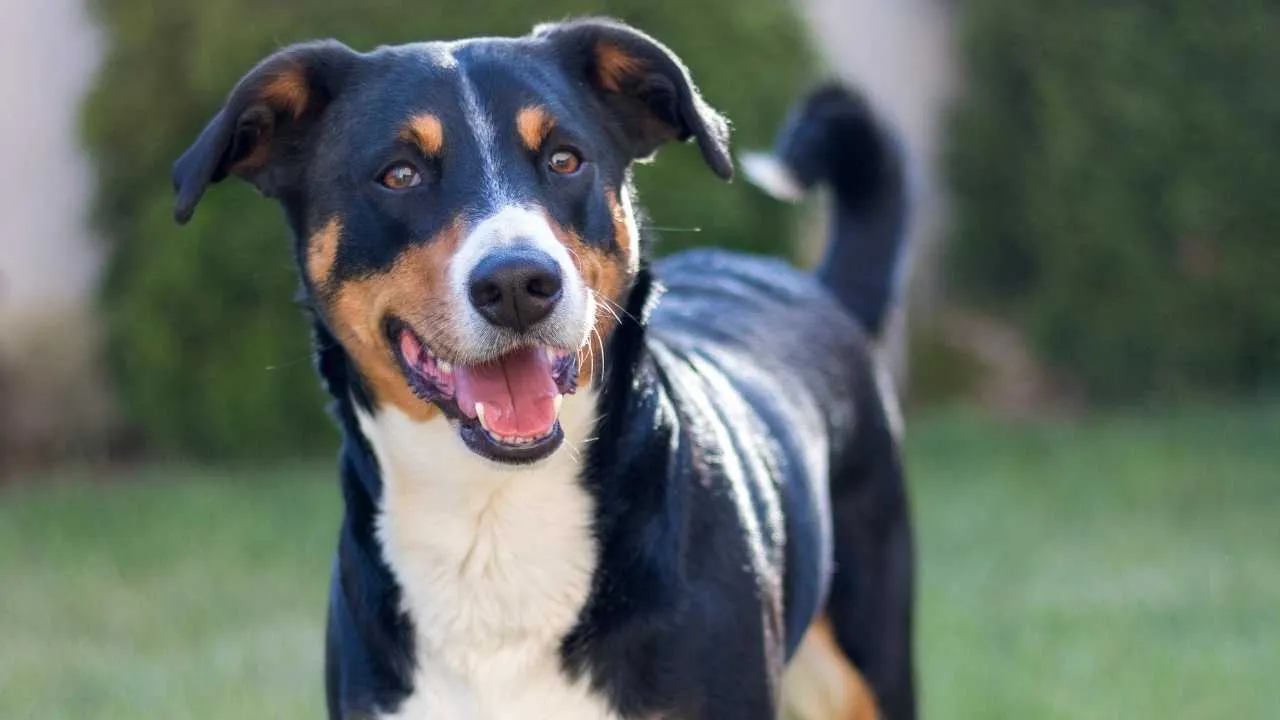
This breed typically weighs between 48–70 pounds, with a dense, athletic frame and tricolored coat. Bred in the Swiss Alps, it has strong legs and a compact chest built for steep, rugged terrain. Their movement is agile and springy, with excellent balance on uneven surfaces.
Protective Yet Social with Familiar Faces
Appenzellers form deep bonds with their family, staying highly alert to unfamiliar movement around their territory. They are naturally vocal when spotting new activity and tend to guard with persistence. Their expression often shifts quickly from friendly to serious when on duty.
High Drive Requires Focused Handling
They need structure through early boundary setting, mental tasks, and outdoor activity to stay manageable. Without a task or role, they may become overly vocal or pushy in behavior. This breed isn’t suited to sedentary living or casual first-time dog ownership.
Balanced Watchdog Instincts
They are considered an effective guard dog due to their quick response to threats without unnecessary aggression. With proper exposure, they learn to distinguish everyday noise from genuine alerts. They can live with other dogs, but early socialization is important for group harmony.
4. Standard Schnauzer
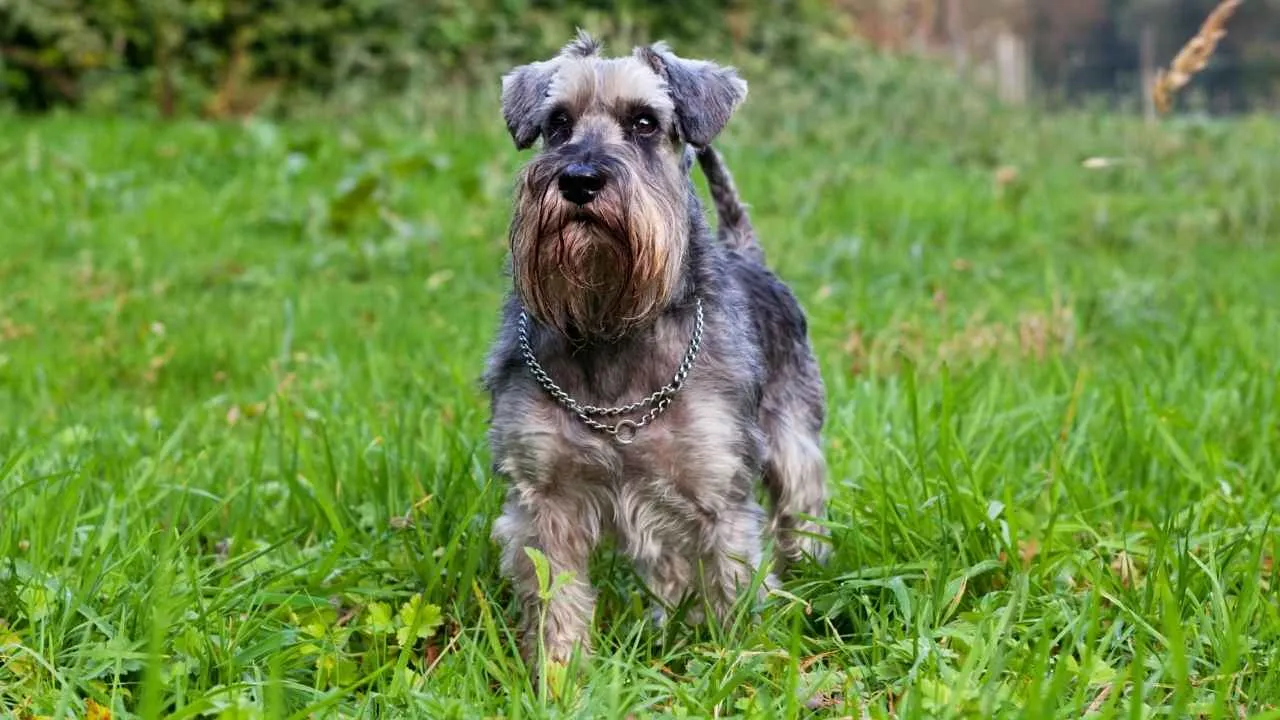
The Standard Schnauzer has a compact, medium-sized frame that blends endurance with agility. Males usually stand around 18–20 inches and are well-muscled across the shoulders and chest. Their wiry coat and arched eyebrows enhance their alert, focused expression.
Territorial Instinct Rooted in Utility
Originally bred for farm protection and ratting, they have a long history as working watchdogs. Their instincts remain strong today, with a natural tendency to patrol spaces they consider theirs. Most will quickly signal an unfamiliar presence through sharp, purposeful barking.
Thrives with Clear Leadership
These dogs are intelligent but need consistent training with fair boundaries and routine. Their willful nature requires early control, ideally shaped through structured commands and focused sessions. They respond well when daily activity includes both movement and mental tasks.
Calm Companionship with High Devotion
Standard Schnauzers are known to be loyal, responsive, and often form deep bonds with one or two primary handlers, as PetMD claims. They’re among the common breeds used in various dog sports because of their strong work ethic. When raised right, they’re known to be good-natured and deeply dependable.
5. Belgian Laekenois
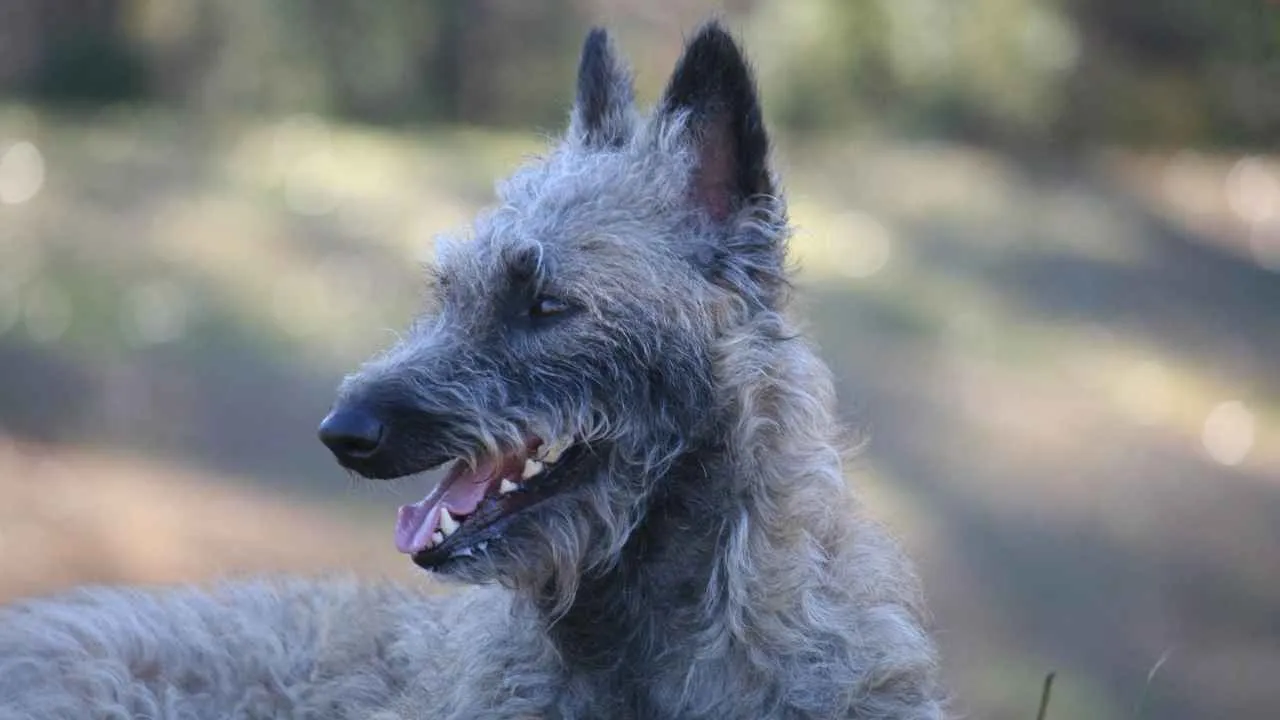
This rare Belgian herding breed is known for its coarse, tousled coat that insulates against weather extremes. The wiry texture reduces matting and provides a natural barrier during fieldwork. Their outer appearance reflects their working background more than aesthetic breeding.
Watchfulness Runs Deep
Belgian Laekenois have sharp spatial awareness and a serious demeanor when observing movement. They quickly identify changes in their environment, often before humans do. This breed’s body stays alert but controlled, showing quiet focus rather than immediate reaction.
Intelligent and High-Energy Learners
They are highly responsive when mentally engaged, particularly through agility or tracking. Trainers often begin teaching core commands when the dog is still a puppy, as early mental work helps shape impulse control. Without stimulation, they may become vocal or restless.
Loyal and Strong Defensive Instinct
They form close bonds and have an instinct to protect their home and handlers with measured confidence. This includes showing restraint unless a true threat is present. With time and consistency, they can also become a dependable friend to trusted people.
6. Shar Pei

Shar Peis are known for their naturally aloof behavior toward strangers and quiet territorial alertness. This self-assured presence is paired with minimal barking unless triggered by a clear disturbance. Their calm, confident demeanor makes them reliable for property awareness.
Deep-Set Eyes and Limited Peripheral Vision
Because of their tightly wrinkled skin, their field of vision tends to be narrower than other breeds. This contributes to their strong focus and sensitivity to sudden front-facing movement. Approach by unfamiliar people or dogs is usually met with quiet watchfulness.
Bonds Closely Within Household
Shar Peis form strong bonds with one or two family members, often maintaining a protective presence. When raised alongside children, they show tolerance through patience rather than playfulness. Early exposure to home environments is essential to build trust and predictability.
Requires Structure and Quiet Confidence
They benefit from routine, low-distraction training settings where communication is steady and clear. This breed does not respond well to excessive commands or repeated corrections. For experienced handlers, the Shar Pei can be the right dog and a loyal, firm best friend over time.
7. Canaan Dog
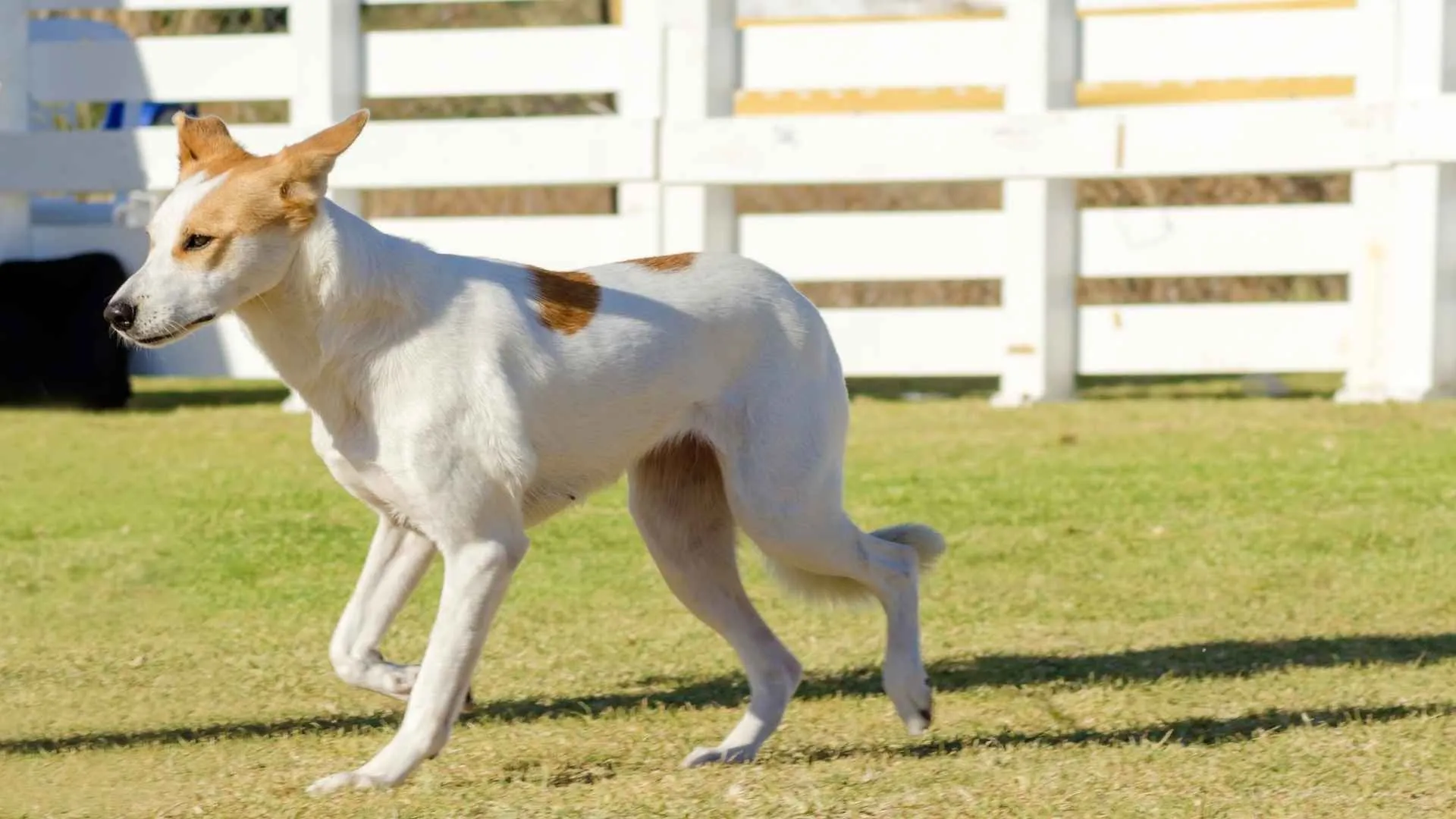
The Canaan Dog is medium-sized with a square build, wedge-shaped head, and bushy tail carried over the back. Its lean frame and well-proportioned muscles help it move quickly and efficiently across uneven ground. These physical features contribute to its long-standing role as a natural territorial guardian.
Strong Instincts and Territorial Drive
This breed has retained much of its primitive behavior, making it highly aware of its surroundings. It is naturally suspicious of strangers, showing alertness without constant barking. Canaan Dogs remain calm until a real threat is perceived, which makes their presence more controlled than reactive.
Independent Thinking with a Cautious Approach
They tend to make decisions on their own, especially when unsupervised in open spaces. This intelligence, while useful, also demands that training be firm and consistent from an early age. Because they assess situations before responding, they are often trusted in loosely supervised watch roles.
Active Mind Paired with Endurance
This breed stays mentally stimulated through outdoor activity and environmental changes. It is known to adapt quickly to harsh conditions, a trait shaped by centuries of survival in desert regions. Physical stamina is matched with mental resilience, which helps them work quietly for long hours.
Conclusion
Medium-sized dogs often strike the right balance between strength and stability. They may not be a large dog, but their instincts are sharp, and their focus is firm. What they offer is not just protection but presence—an imposing presence that discourages trouble before it begins.
These breeds stay calm until needed, making them excellent guard dogs for everyday living. Whether you’re a first-time owner or someone looking for structure in a pet, these pups offer more than just muscle. They become companions—quiet, observant, and loyal.
A true protector doesn’t need to be aggressive. It needs to be clear-headed and consistent. These animals watch closely, bond deeply, and stay ready. And when raised right, they guard not with fear, but with trust. A well-trained medium guard dog doesn’t just live beside you. It stands for you.


